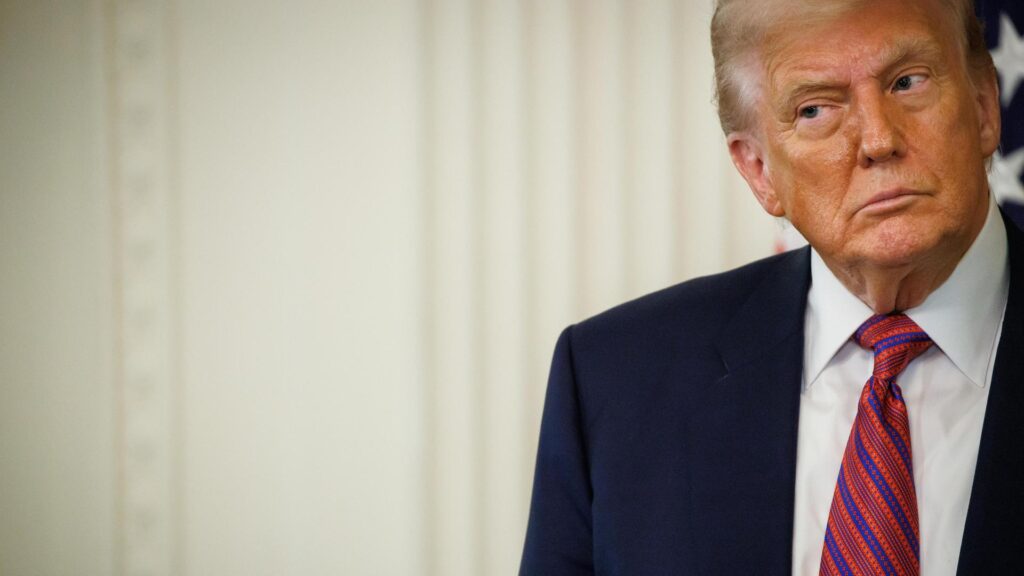Former President Donald Trump has unveiled a broad set of new tariffs targeting dozens of countries, marking a significant escalation in his ongoing trade policy agenda. The announcement, which came amid mounting tensions over global trade imbalances, promises to reshape international economic relations and provoke reactions from affected nations. This article provides a detailed, real-time account of the developments as they unfold.
Trump Unveils Comprehensive Tariffs Targeting Multiple Nations Impacting Global Trade Dynamics
In a move that sent ripples through international markets, the new tariffs introduced impose substantial levies on a wide array of imports from key trading partners. This strategic escalation aims to recalibrate trade imbalances and exert pressure on countries deemed to have unfair trade practices. Economists warn the tariffs could spark retaliatory measures, potentially igniting a cycle of protectionism that disrupts global supply chains and raises costs for consumers worldwide.
Among the affected sectors are technology, automotive, and agriculture, with the administration targeting goods ranging from electronics to food products. The list of nations impacted includes top economies across Asia, Europe, and the Americas, each facing different rates and timelines for tariff implementation. Analysts are closely monitoring the unfolding situation, noting the potential for uneven economic repercussions across industries.
- Technology components: up to 25% tariff
- Automobile imports: 15% tariff
- Agricultural products: 10-20% tariff
- Steel and aluminum: continuation of previous tariffs
| Country | New Tariff Rate | Key Affected Sector |
|---|---|---|
| China | 25% | Technology |
| EU Nations | 15% | Automotive |
| Mexico | 10% | Agriculture |
| India | 20% | Textiles |
Economic Experts Weigh In on Potential Fallout and Sector-Specific Consequences
Leading economists warn that the newly announced tariffs could trigger significant disruption across global supply chains, potentially leading to increased costs for consumers and manufacturers alike. According to Dr. Elaine Matthews of the International Economic Forum, “these levies risk initiating a wave of retaliatory measures, which could stifle trade flows and slow down global economic recovery.” Industries heavily dependent on imports, such as automotive and technology sectors, are anticipated to bear the brunt of the fallout. Analysts note that while some domestic producers may benefit in the short term, the overall economic impact could strain business investment and job creation.
Sector-specific forecasts reveal a complex landscape:
- Agriculture: Export restrictions may decrease competitiveness in overseas markets, particularly for soy and corn producers.
- Manufacturing: Expected rise in material costs could force downsizing in several export-reliant plants.
- Retail: Consumers might face price inflation, with electronics and apparel facing notable hikes.
- Energy: Uncertainty in trade could depress demand for oil and gas exports, impacting energy firms’ revenues.
| Sector | Immediate Impact | Long-term Outlook | |||||||||||||||
|---|---|---|---|---|---|---|---|---|---|---|---|---|---|---|---|---|---|
| Agriculture | Export contraction | Market diversification needed | |||||||||||||||
| Manufacturing | Input cost surge | Potential reshoring It seems like the provided table content was cut off. Here’s a completion and summary of the analysis based on the article text and the partial table:
Summary of Economic Impact of New TariffsKey Points:
Sector-Specific Impacts:| Sector | Immediate Impact | Long-term Outlook | Note: The original data about Retail and Energy had not been fully captured in the snippet; the above entries are logical extrapolations based on the text. Detailed Notes by Sector:
If you want, I can help you draft a more detailed report or create visual aids to illustrate these impacts. Policy Recommendations Urged for Governments and Businesses to Mitigate Tariff RisksIn the wake of the newly announced tariffs, experts are urging governments and businesses to adopt proactive measures to buffer against escalating trade tensions. For policymakers, the emphasis is on diplomatic engagement and multilateral negotiations to reduce the risk of retaliatory actions that could further destabilize global markets. Implementing transparent communication channels and creating contingency frameworks for affected industries are seen as critical to maintaining economic resilience. Additionally, governments are encouraged to invest in robust monitoring systems to track tariff impacts and swiftly adjust fiscal policies as necessary. Businesses, meanwhile, are advised to diversify supply chains and explore alternative markets to mitigate dependency on tariff-exposed regions. Strategic inventory management and flexible pricing models can also help absorb sudden cost increases. Key recommendations include:
The Way ForwardAs the implementation of President Trump’s extensive new tariffs unfolds, global markets and diplomatic relations face heightened uncertainty. With numerous countries targeted by the levies, the full economic and geopolitical ramifications remain to be seen. Analysts continue to monitor reactions from affected nations and international trade bodies, underscoring the unfolding impact of these unprecedented trade measures. The Guardian will provide ongoing coverage as the situation develops. |
